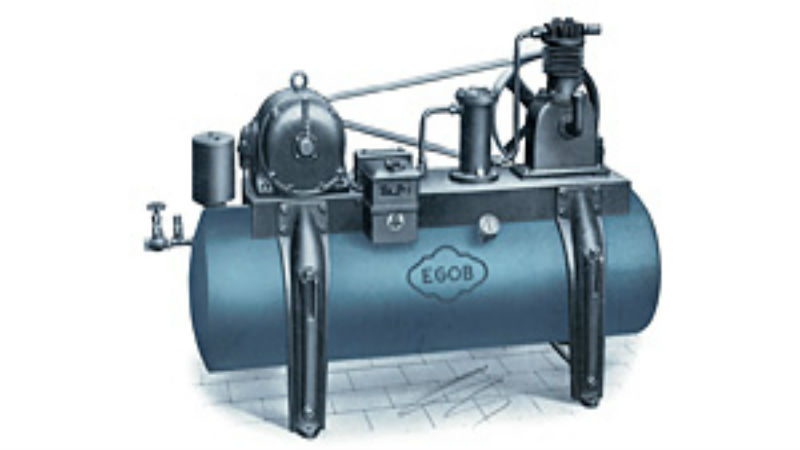When a company produces a large number of small parts that are uniform in size, counting scales are often the most effective way to ensure the right number of components are grouped for packaging.
A counting scale is more accurate than counting by hand. It will also save time, allowing for automated and rapid counting of pieces through the packaging line. They can also be used for manual weighing as well.
Determining the Piece Weight
The benefit of a top counting scale is that it can be used for a range of different pieces or components from lightweight items to heavier items. The specific range will depend on the load capacity of the scale, but operating the scale will be the same general process.
First, start with a pre-counted number of the components. These have to be the same size and weight for the scale to be accurate. So, for example, you could not count both nuts and bolts at the same time. Instead, you would need to count the nuts with one program and the bolts with another.
Zero the counting scale and add the pre-counted number of components to the scale. If you are using a container, remember to tare the scale with the container prior to adding the parts. Then, on the scale, enter the pre-counted number. The scale will then divide the total weight by the number to determine the individual piece weight.
Once the system has recorded the piece weight, it will automatically display the number of parts on the scale. This allows easy counting to the desired number.
Multiple Program Options
With each different part or component, top scale systems will allow the data to be stored. Operators simply scroll through the pre-programmed options or enter a specific code to change between options.
Some systems may even include bar scanners that allow the operator to scan a bar code on the part container and the scale will automatically select the matching pre-set weight per piece. This is ideal to prevent operator error and provide a more streamlined counting process.


